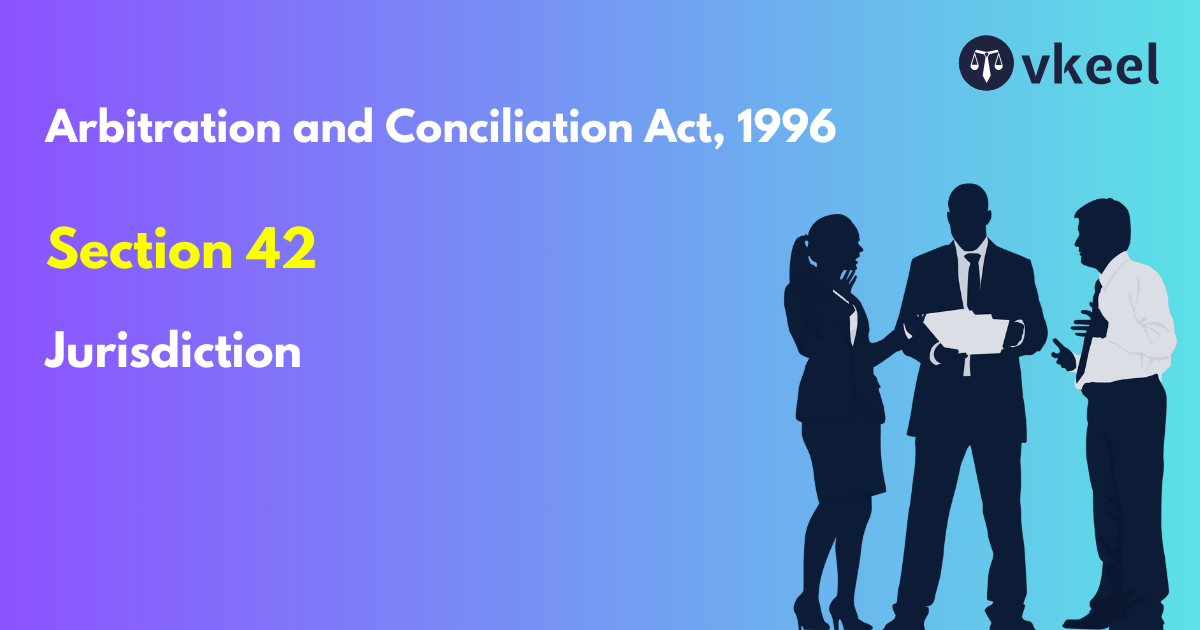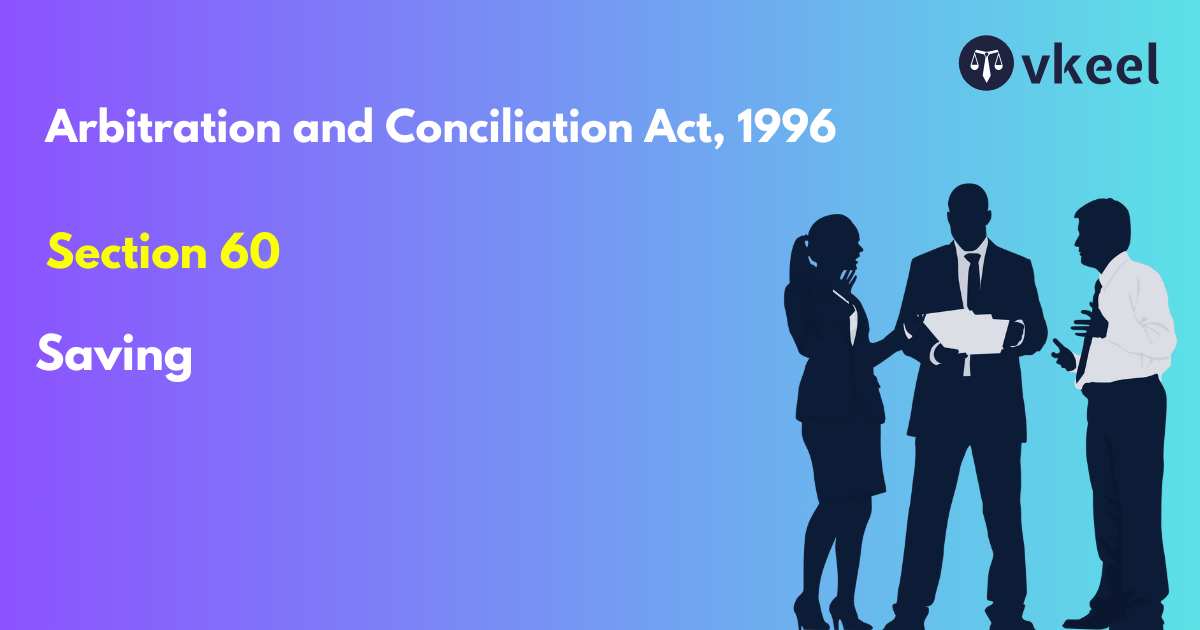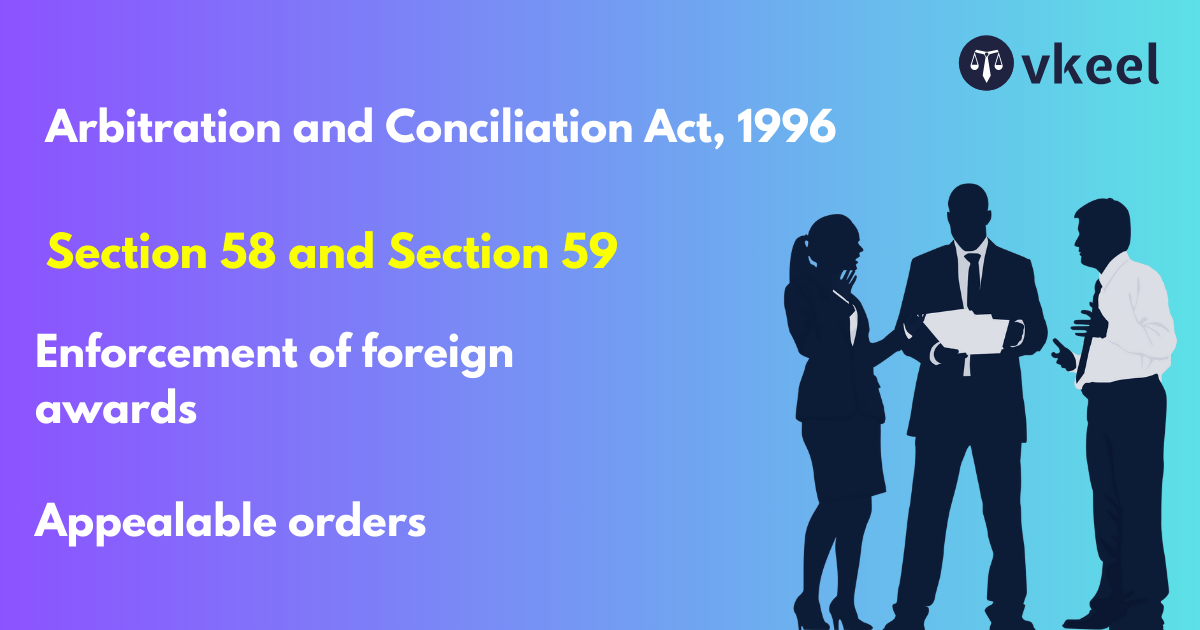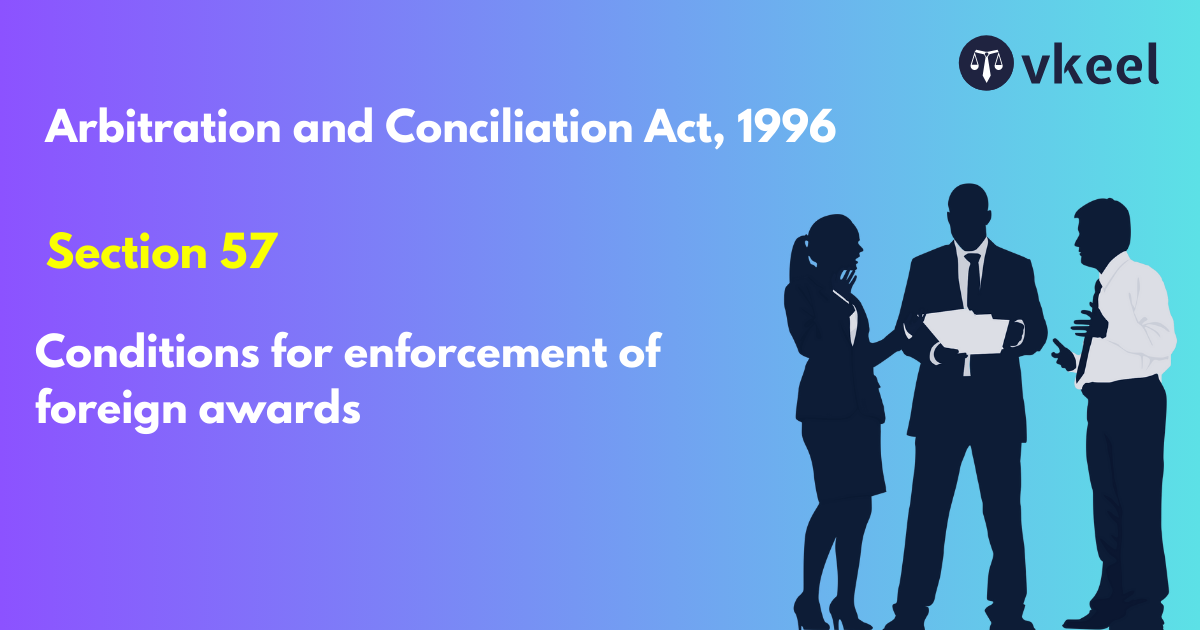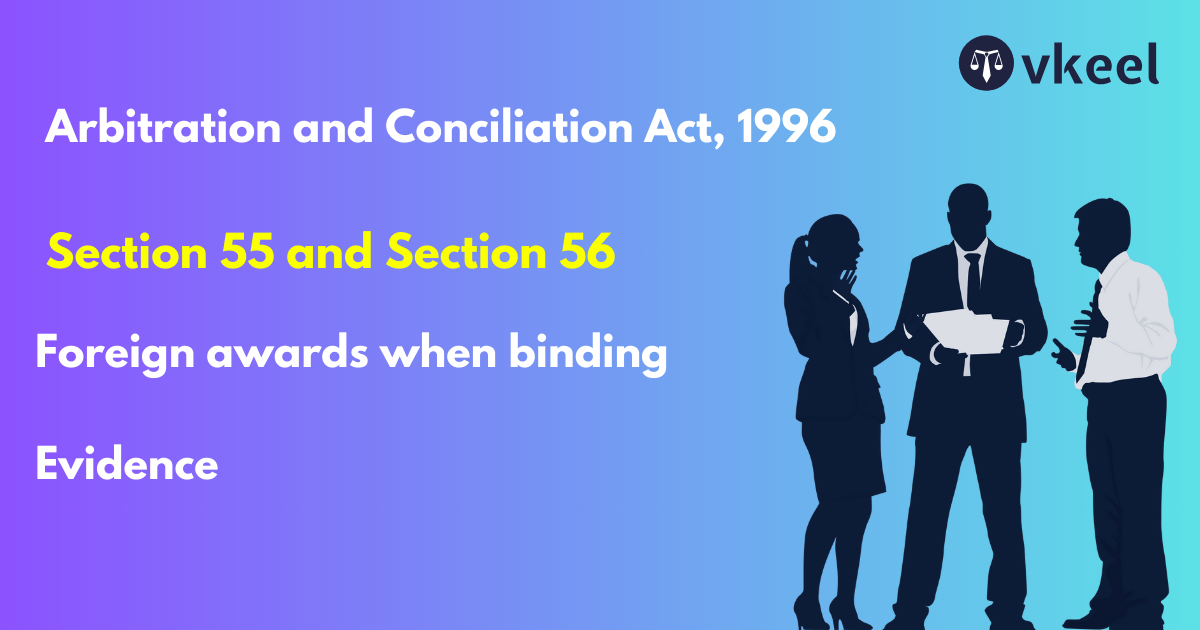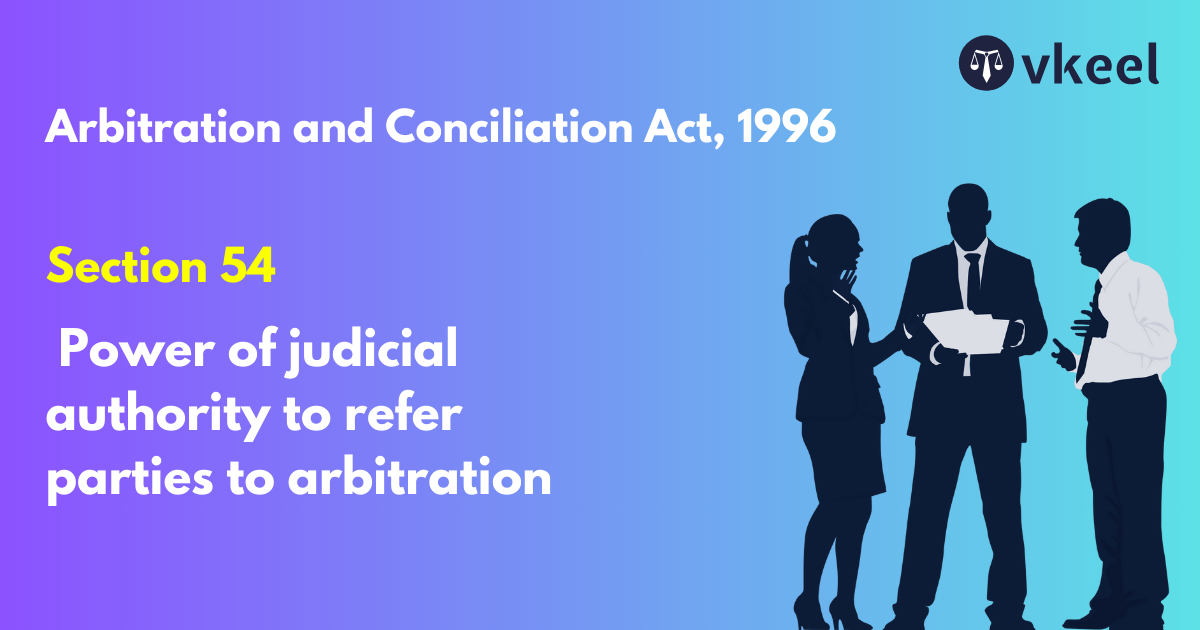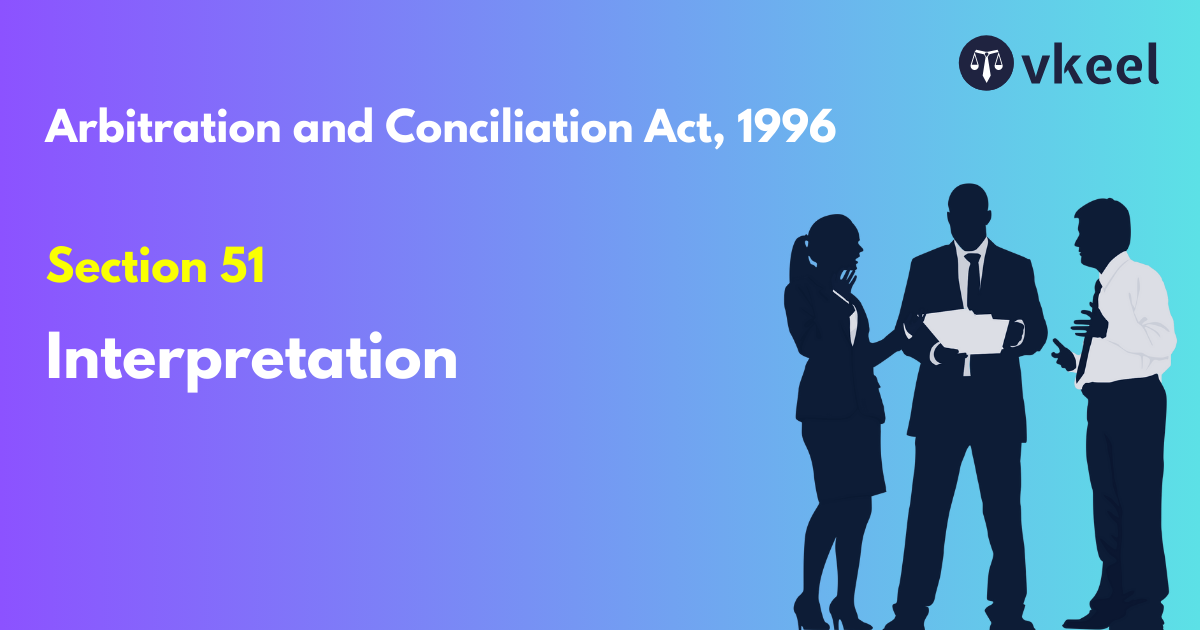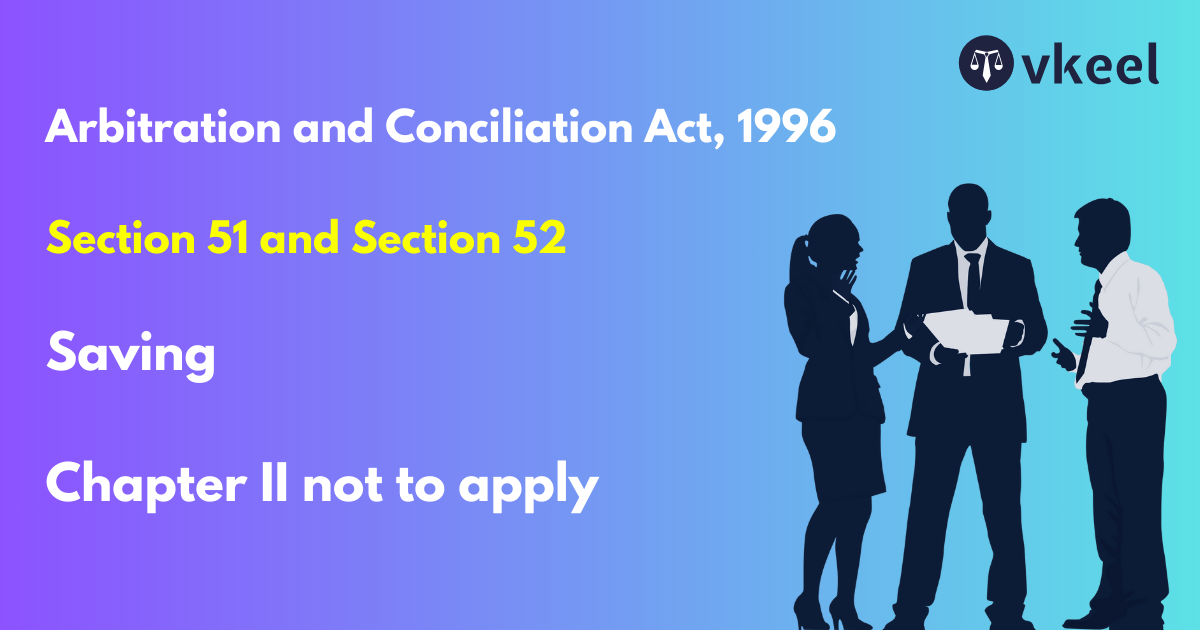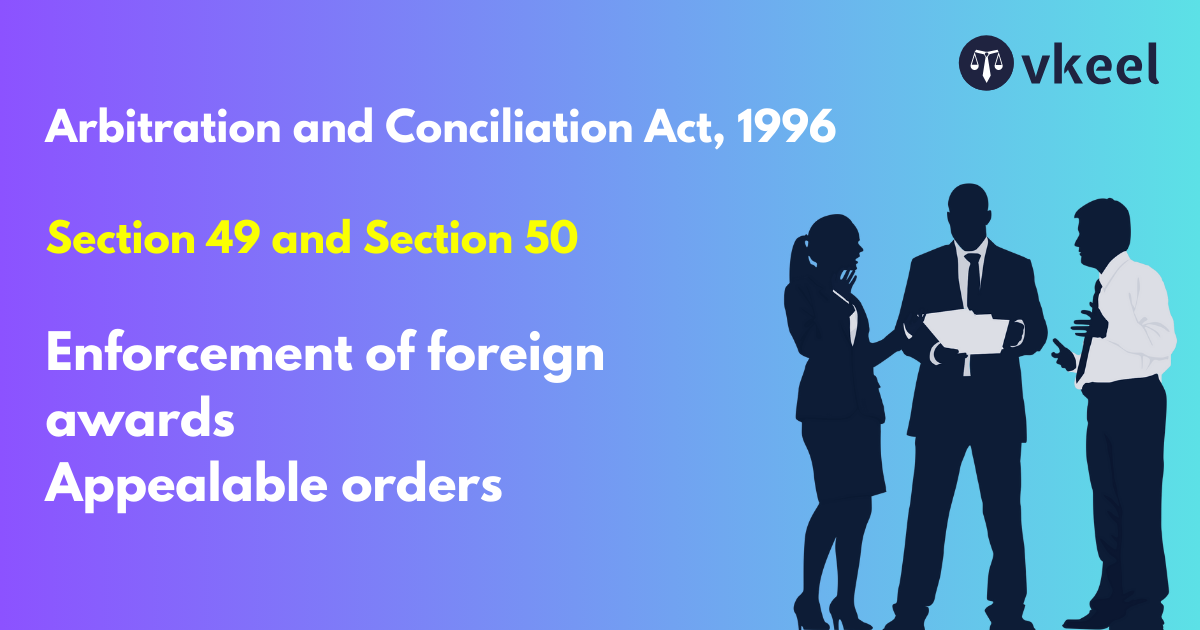Section 42: Arbitration and Conciliation Act, 1996
By Nivedita Dhiman
Table of Contents
Introduction of Section 42
Section 42 of the arbitration and conciliation is not an enabling section, it defines the jurisdiction for applications under the act. It merely regulates the forum. The main purpose of introducing the new provisions of this section is to entrust the decision of the relevant dispute to the specified court, and to require the parties to bring the said dispute for the decision of the said court in the form of petitions, remedy by a regular suit being excluded.
The Idea underlying this section is that questions relating to validity and existence of an award ought not to be agitated in independent and collateral proceedings. This section confines jurisdiction to the particular court out of the many which may have jurisdiction in the matter.
Section 42 of arbitration and conciliation act
Jurisdiction
Notwithstanding anything contained elsewhere in this Part or in any other law for the time being in force, where with respect to an arbitration agreement any application under this Part has been made in a Court, that Court alone shall have jurisdiction over the arbitral proceedings and all sequent applications arising out of that agreement and the arbitral proceedings shall be made in that Court and in no other Court.
Landmark Judgements of Section 42
Guru Nanak Foundation vs Rattan Singh & Sons, 1981
This section opens with a non-obstante clause and is comprehensive in character. The non-obstante clause excludes anything anywhere contained in the whole act or in any other law for the time being in force if it is contrary to or inconsistent with the substantive provisions contained in this section. This section not only confers exclusive jurisdiction on the court to which an application is made in any reference but simultaneously ousts the jurisdiction of any other court which may also have jurisdiction in that behalf.
Shree Baidynath Ayurved Bhawan Pvt Ltd vs Praveen Bhatia, 2009
When two or more courts have inherent jurisdiction to hear a matter and the parties by agreement oust the jurisdiction of other courts and restrict the jurisdiction to one court only, then this can be done without the use of exclusive words. However, in such cases where the extraordinary words are not used, each must be decided on its own facts and the intention of the parties should be culled out from the terms of the agreement.
Sarovar Park Plaza Hotels & Resorts Pvt Ltd vs World Park Hotels India Ltd, 2006
Institution of a petition before the court which has no jurisdiction would be inconsequential and cannot be equated to presentation of the petition before a court of competent jurisdiction. It is only when the basic ingredients for filing of arbitration proceedings before a court of competent jurisdiction is satisfied that the bar contemplated under section 42 can be enforced against the maintainability of a petition before another court.
Vachaspati Sharma vs India Cements Capital and Finance Ltd, 2013
Agreement between the parties vested exclusive jurisdiction in Chennai court. When the award was passed, it was filed in Bombay High Court inasmuch as objections were also filed there. Held that merely because place of arbitration was in Mumbai and the arbitrator was also appointed by the Bombay High Court, it was held that since exclusive jurisdiction is vested in Chennai courts, no other court can entertain application under this section.
Pratap Electrical Co vs Asea Brawn Boveri Ltd
where the argument contains a specific clause conferring jurisdiction on a particular court to decide the matter, the effect of the clause is that it automatically ousts the jurisdiction of any other court having concurrent jurisdiction over the subject matter.
Conclusion of Section 42
The above-mentioned section would not apply to an execution application, which is not an arbitral proceedings. The mandate of this section is that all future applications must be filled only in the court where the first application in respect of the arbitration dispute was filed. In order to attract the bar of this section, it is necessary that the application must be a competent application and not just any application.
Disclaimer:
The information provided in the article is for general informational purposes only, and is not intended to constitute legal advice or to be relied upon as a substitute for legal advice. Furthermore, any information contained in the article is not guaranteed to be current, complete or accurate. If you require legal advice or representation, you should contact an attorney or law firm directly. We are not responsible for any damages resulting from any reliance on the content of this website.

